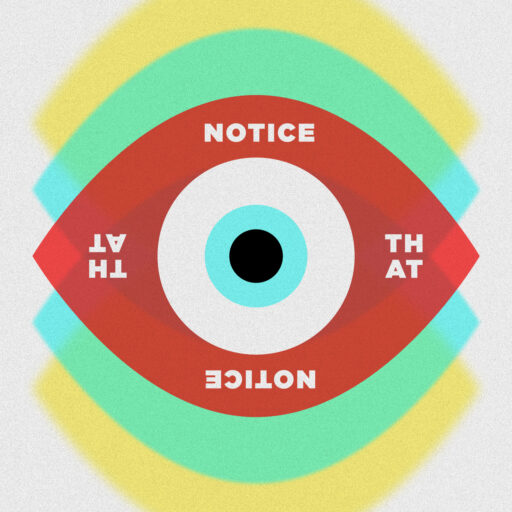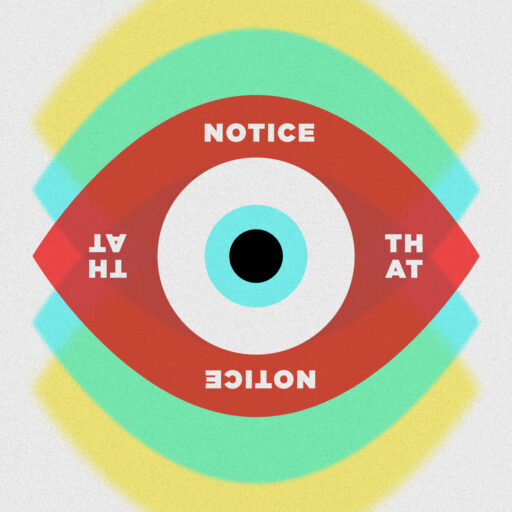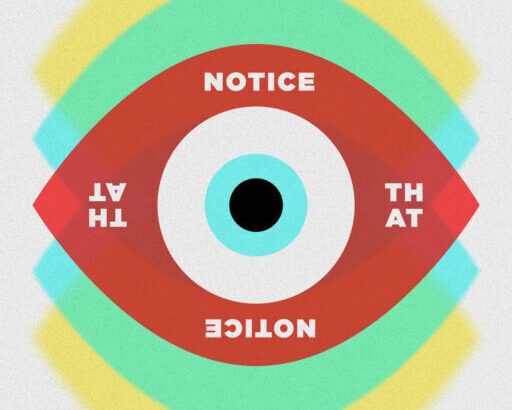Episode 32: Introduction to Polyvagal Theory w/ Bridger (Part 1)

Listen in as Bridger Falkentsein introduces us to the fundamental concepts of Polyvagal Theory and how it can guide us as therapists practicing EMDR Therapy.
In this episode, Jen and Melissa introduce a new therapist from Beyond Healing Center and discuss a foundational theory in the development of Somatic Information Processing, a model of therapy synthesized and created by Beyond Healing Center. Topics covered in the episode include:
Three components of Polyvagal Theory (PVT):
1) Autonomic Hierarchy
– Ventral Vagal (or social engagement)
– Sympathetic Activation (flight and fight)
– Dorsal Vagal Shutdown (freeze – immobilization with fear)
2) Neuroception
– Interoception
– Exteroception
3) Co-Regulation
– Importance of therapists’ awareness of their role in this
The shift between states is based on both heart rate variability (HRV) and the individual vagal break which are both shaped by impactful experiences over the course of our lifetime including early attachment figures and various traumas. Similarly, we can reshape the nervous system through correcting faulty neuroception and going back to the forming events in therapy.
Resources:
Babette Rothschild
The Body Remembers
https://www.amazon.com/Body-Remembers-Psychophysiology-Treatment-Professional/dp/0393703274
Bessel Van der Kolk
The Body Keeps the Score
Stephen W. Porges
The Polyvagal Theory: Neurophysiological Foundations of Emotions, Attachment, Communication, and Self-regulation
The Pocket Guide to the Polyvagal Theory: The Transformative Power of Feeling Safe
Deb Dana
The Polyvagal Theory in Therapy
Polyvagal Exercises for Safety and Connection: 50 Client-Centered Practices





